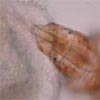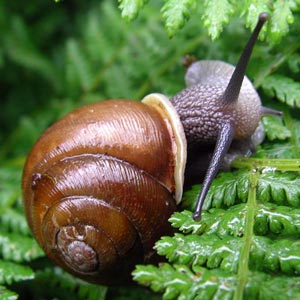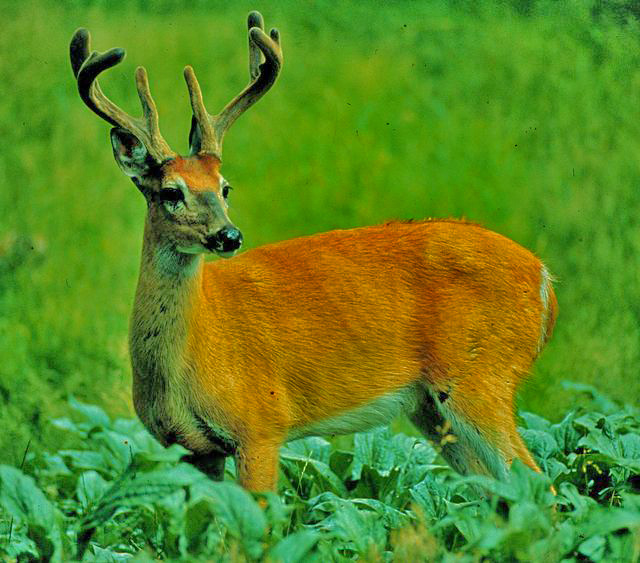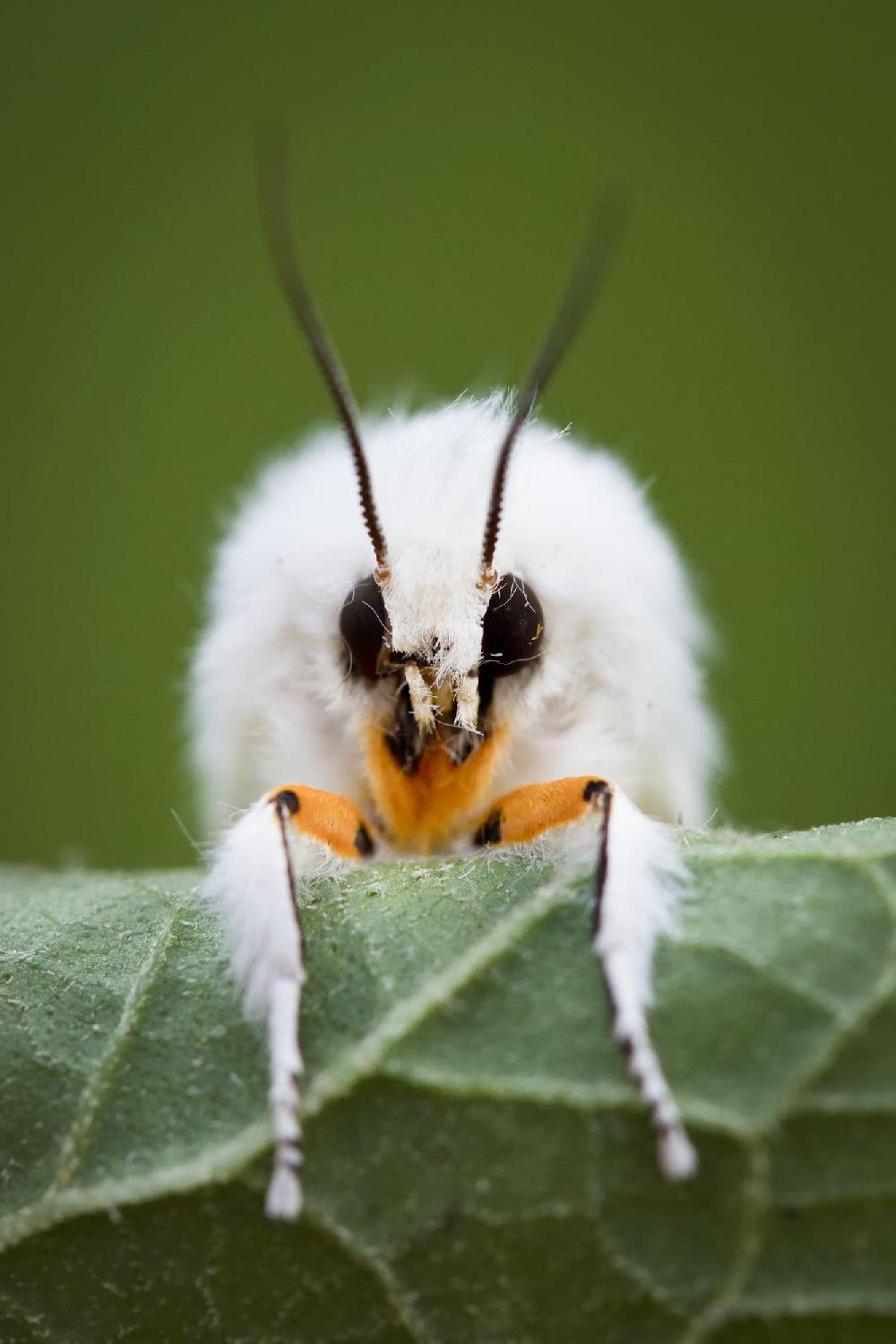




| All Taxa Biodiversity Inventory of Life in the Smokies - Varieta Magnifico! | |||
| Domain | Kingdom | Phylum/Division | Common Names |
| ARCHAEA | Archaea | Euryarchaeota | Methanogens & Halophiles |
|
|
|||
| BACTERIA | Eubacteria | Acidobacteria | Bacteria |
| Actinobacteria | Bacteria | ||
| Bacteroidetes | Bacteria | ||
| Cyanobacteria | Photosynthetic Blue-green Bacteria | ||
| Firmicutes | Bacteria | ||
| OP10 | Bacteria (possibly will be Armatimonadetes) | ||
| Planctomycetes | Aquatic bacteria | ||
| Proteobacteria | Bacteria | ||
| Verrucomicrobia | Bacteria | ||
|
|
|||
| EUCARYA | |||
| Animalia | Acanthocephala | Spiny-headed Worms | |
| Annelida | Segmented Worms | ||
| Arthropoda | Insects, arachnids, crustaceans, millipedes, centipedes, etc. | ||
| Bryozoa | Moss Animals | ||
| Chordata | Fish, amphibians, Birds, Mammals, Reptiles, etc. | ||
| Cnidaria | Freshwater jellyfish and hydra | ||
| Gastrotricha | Freshwater microscopic gastrotrichs | ||
| Mollusca | Clams, Snails & Slugs | ||
| Myxozoa | Aquatic slime animals | ||
| Nematoda | Round worms | ||
| Nematomorpha | Horsehair worms | ||
| Nemertea | Ribbon or proboscis worms | ||
| Platyhelminthes | Flatworms | ||
| Porifera | Sponges | ||
| Rotifera | Wheel animals or rotifers | ||
| Tardigrada | Tardigrades | ||
|
|
|||
| Chromista | Myzozoa | Myzozoa | |
| Ochrophyta | Diatoms and Yellowgreen Algae | ||
| Pseudofungi | Pseudofungi | ||
|
|
|||
| Fungi | |||
| Ascomycota | Sac fungi | ||
| Basidiomycota | Club fungi | ||
| Chytridiomycota | Little sporepot fungi | ||
| Deuteromycota | Deutero fungi | ||
| Microsporidia | Microsporidian parasites | ||
| Zygomycota | Zygote molds | ||
|
|
|||
| Plantae | Anthocerotophyta | Hornworts | |
| Bryophyta | Mosses | ||
| Charophyta | Stoneworts, etc. | ||
| Chlorophyta | Green Algae | ||
| Coniferophyta | Conifers | ||
| Equisetophyta | Horsetails | ||
| Hepaticophyta | Liverworts | ||
| Lycopodiophyta | Lycopods | ||
| Magnoliophyta | Flowering plants | ||
| Pteridophyta | Ferns | ||
|
|
|||
| Protozoa | Amoebozoa | Amoeboid protozoa and slime molds | |
| Cercozoa | Amoeboid and flagellate protozoans | ||
| Ciliophora | Ciliated protozoans | ||
| Sarcomastigophora | Motile protozoans (mostly parasitic) | ||
|
|
|||
| Stramenopila | |||
| Bacillariophyta | Diatoms | ||
| Chrysophyta | Golden algae | ||
| Tribophyta | Yellow-green algae | ||
|
|
|||
| VIRUS | Viruses | ||
| Picornavirales | Picorna viruses | ||
| Tymovirales | Tymo viruses | ||
Note: These taxa pages are a work-in-progress. The fact that particular taxa cannot be found on our hierarchial taxa lists does not mean that the organisms are not inhabiting the park. Your help in identifying these missing taxa, and then presenting science-based proposals and funding for inventorying these hidden, yet intrinsically valuable life forms is much appreciated by the DLIA staff and Board of Directors, as well as the Park's Inventory and Monitoring personnel.
